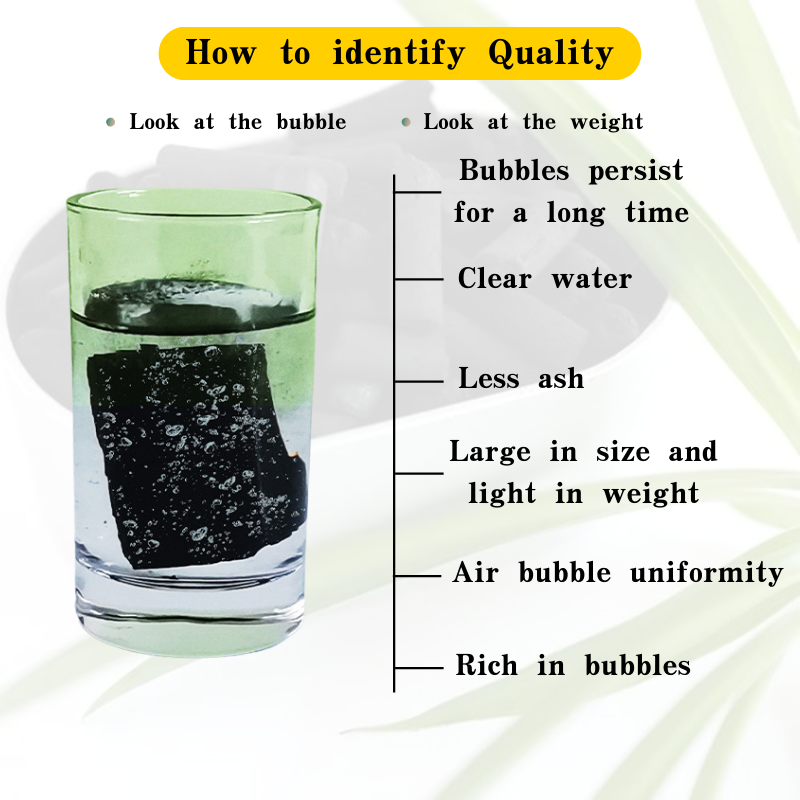
Exploring the Benefits and Applications of Hydrated Lime in Modern Construction Techniques
Hydrated Lime in Construction An Essential Material for Sustainable Building
Hydrated lime, also known as calcium hydroxide (Ca(OH)₂), is a versatile and essential material used in the construction industry. It is a fine white powder that results from the hydration of quicklime (calcium oxide, CaO), which is produced by calcining limestone at high temperatures. Hydrated lime has been utilized for centuries in various construction applications, including soil stabilization, masonry, plastering, and environmental remediation. Its unique properties and benefits make it a crucial component in sustainable building practices.
Properties of Hydrated Lime
Hydrated lime possesses several characteristics that contribute to its effectiveness as a construction material. It is highly reactive with carbon dioxide, allowing it to absorb CO2 from the atmosphere and subsequently form calcium carbonate (CaCO3), which enhances the durability of construction materials. Additionally, hydrated lime has excellent workability, providing a smooth finish when mixed with water and other materials. Its alkaline nature also contributes to the prevention of mold and mildew, making it a favorable option for indoor applications.
Another significant property of hydrated lime is its ability to improve the strength and stability of soils. When mixed with soil, hydrated lime reacts with moisture and clay particles, leading to a chemical reaction that improves the soil's mechanical properties. This stabilization process not only enhances load-bearing capacity but also reduces plasticity, minimizing the risk of soil shrinkage and swelling.
Applications in Construction
hydrated lime construction

1. Soil Stabilization One of the primary uses of hydrated lime in construction is soil stabilization. It is commonly used in road construction, where lime-treated soil significantly improves the structural integrity of roadbeds. By treating subgrade soils with hydrated lime, engineers can create a stable and durable foundation that withstands heavy traffic loads and adverse weather conditions. This application reduces the need for extensive earthwork and materials, making it a cost-effective solution.
2. Masonry and Plaster Hydrated lime is an integral component of traditional mortar and plaster mixes. It enhances the workability, adhesion, and water retention of the mixtures, resulting in durable and flexible structures. Furthermore, lime-based mortars are breathable, allowing moisture to evaporate without trapping it within the walls, which helps prevent damage from trapped moisture and supports the longevity of historic buildings.
3. Environmental Remediation Hydrated lime plays a crucial role in environmental construction projects, particularly in the treatment of contaminated soil and water. Its alkaline properties enable it to neutralize acidic conditions in soils and wastewater, facilitating the breakdown of harmful substances. Through processes like lime stabilization and solidification, hydrated lime helps transform hazardous waste into less harmful forms, aiding in effective site remediation.
4. Green Building Practices As the construction industry increasingly prioritizes sustainability, hydrated lime has emerged as a preferred material in green building practices. Its production process generates fewer carbon emissions compared to other binders like cement, making it a more environmentally friendly option. Additionally, because hydrated lime is derived from natural limestone, it is abundant and widely available, reducing reliance on non-renewable resources.
Conclusion
Hydrated lime is a valuable material in construction with a long history of use and a promising future in sustainable practices. Its properties as a soil stabilizer, binder in masonry and plaster, and remediator of environmental contaminants underscore its versatility and significance in the industry. As builders and architects strive to minimize their ecological footprint, the adoption of hydrated lime in construction will continue to rise, promoting not only the durability of structures but also the health of our planet. Leveraging the benefits of hydrated lime can provide effective solutions for modern construction challenges while respecting the environment, making it a true ally in sustainable building.
Share
-
Natural Premium Bentonite Cat Litter - Superior ClumpingNewsJul.31,2025
-
Premium Resin Coated Sand - High Heat Resistance CastingNewsJul.31,2025
-
High Quality Silicon Carbide Grit for Abrasive ApplicationsNewsJul.30,2025
-
High-Quality Ceramsite for Plants & Gardening | Lightweight PebblesNewsJul.29,2025
-
Premium Burgundy Glass Marbles for Vases & Shooter GamesNewsJul.29,2025
-
High Purity Quartz Sand for Industrial and Ground ApplicationsNewsJul.29,2025






